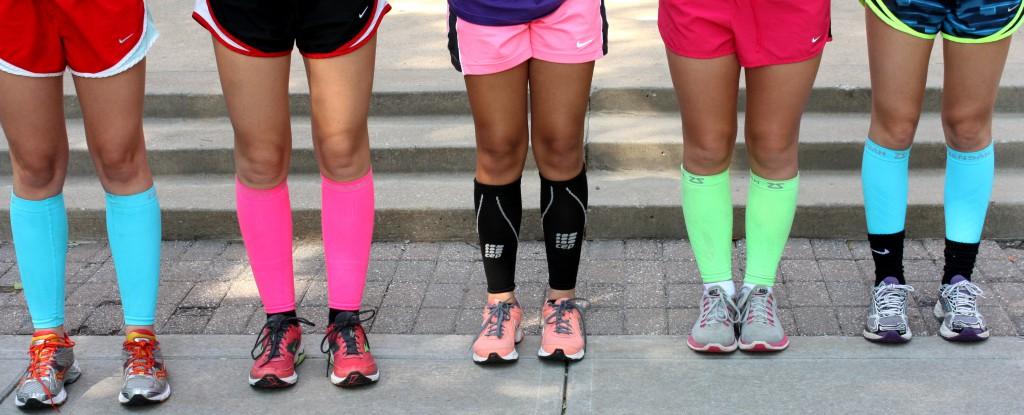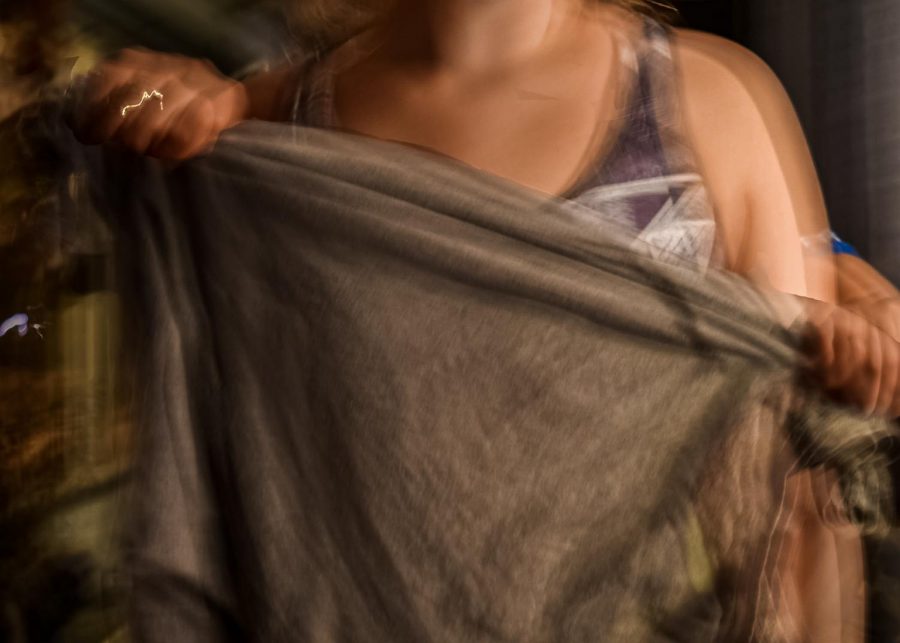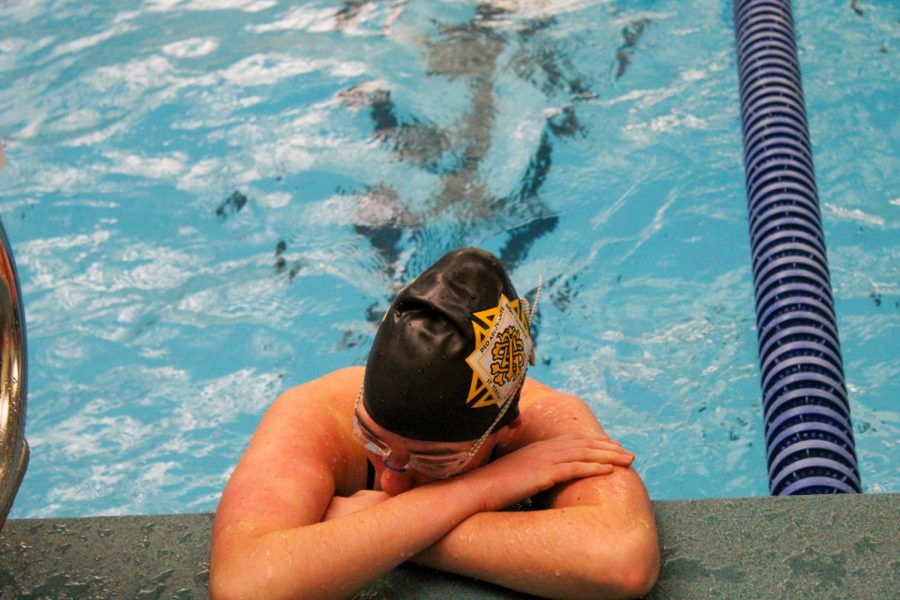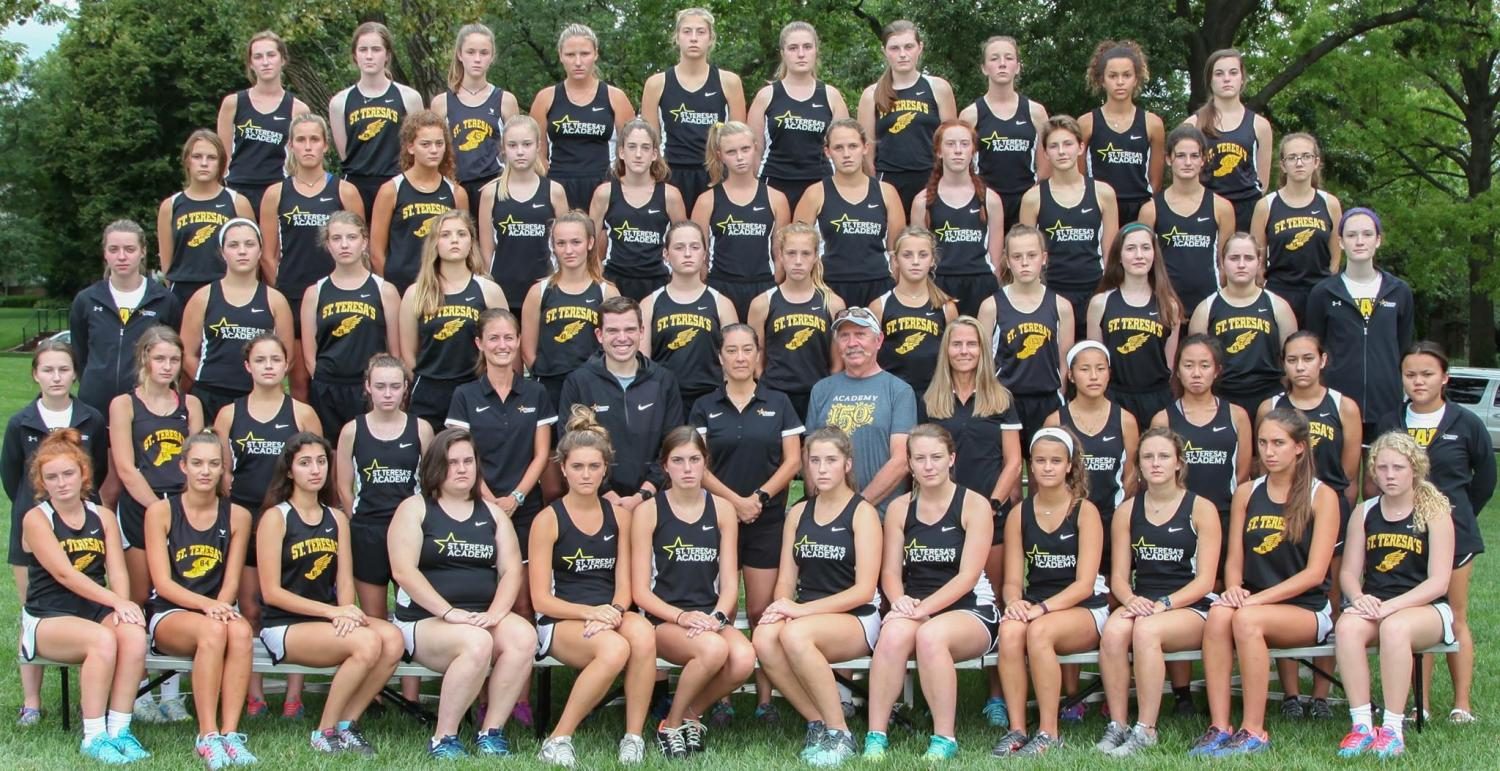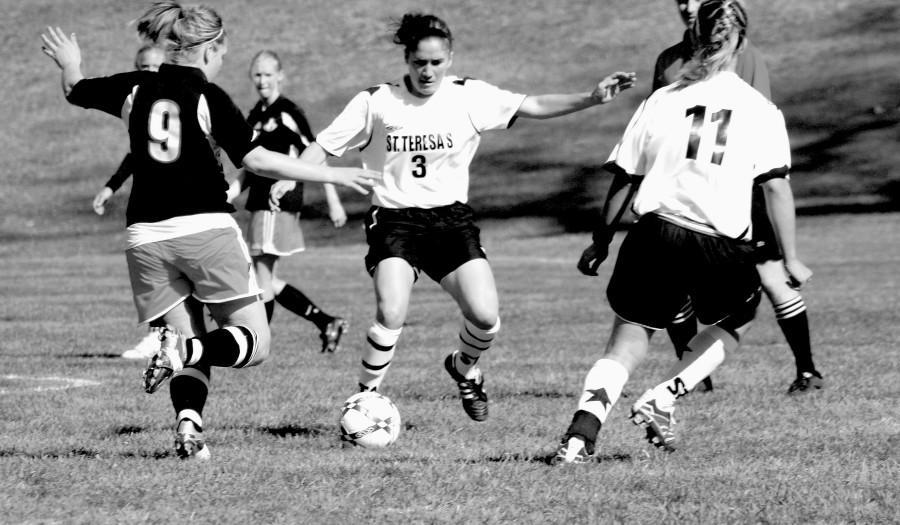story by Leigh Campbell, photos by Jessie Culver
It started as just tingling. From there, it escalated to an intense jabbing in the inner shin bone. Everyday physical activities like walking up the stairs caused sharp pain.
Junior Lauren Zastrow still remembers her first encounter with shin splints her freshmen year during a cross country track workout.
“Shin splints feel like a piercing inside the shin bone,” Zastrow said.
According to STA trainer Lisa Gross, STA athletes often come to her suffering from the symptoms of shin splints.
[nggallery id=591]
Diagnosis
Shin splints are formally known as Medial Tibial Stress Syndrome and result when too much force is placed on the shin bone and its connective tissues, according to mayoclinic.com
“The term ‘shin splints’ is a slang term for Medial Tibial Stress Syndrome,” Gross said. “They’re called shin splints due to the pain that occurs in the lower leg, most often referenced as the shins, that can be described as a ‘splitting’ feeling.”
After two years of chronic shin splints during the cross country season, Zastrow sought more medical advice, turning towards a physical therapist who informed her she might have a stress fracture, which are known to cause shin splints. Zastrow received an x-ray of her shins, but it failed to produce any answers.
“I have had [shin splints] for the past two years,” Zastrow said. “[Doctors] thought I got [shin splints] from the type of shoes I was wearing freshmen year. I feel like certain people get shin splints and others don’t is because of the way different people strike the ground and how much pressure is put on your shins.”
According to Gross, the body is altogether a chain. So the next step is finding which muscle is not doing its job and then activating it from there on.
Causes
According to mayoclinic.com, shin splints often plague athletes who make many sudden starts and stops, such as basketball, soccer, tennis and most prominently, running.
According to Gross, it was previously believed that shin splints occurred when an athlete was out of shape and quickly jumped into a structured workout once a sports season started. Then the idea came about that shin splints developed due to lack of strength in the lower leg muscles.
“Now the explanation is believed to deal on a broader scale of the biomechanic chain; where a deficiency of one muscle is causing the demand to be transferred to another,” Gross said.
If a muscle like the hamstring or quad is not working correctly due to overuse, then the lower legs must compensate for this, therefore causing pain in the shins.
Teenage girls are especially prone to shin splints because between the ages 13-18, not only are their bodies growing height-wise, but also width-wise through the pelvis. If there is a hip flexor muscle that is not firing to its full capacity (due to trying to keep up with a growth spurt or running long distances each
week), the demand of lifting the leg is transferred to a lower leg muscle, according to Gross.
“It’s no longer an issue of strength or fitness, but of function,” Gross said. “It’s possible to have an athlete who is a black belt in karate, grew four inches in a month, and now has shin splints.”
Treatment
According to Zastrow, there are many ways to alleviate the painful symptoms of shin splints. Icing the inner shin bone and taking baths with bath salts are common home remedies.Gross also recommends icing the shin and taking ibuprofen before and after workouts. Another common alleviator is kinesiology tape.
“KT tape pulls away the skin to let the blood flow through the inflamed tissue,” Zastrow said.
Instead of running, Zastrow recommends exercising on an elliptical to stay in shape. According to Gross, some athletes elect to use shin compression sleeves which provide increased circulation for enhanced recovery, reduced soreness and more efficient flushing of blood lactates .
“My shins hurt when I walk up stairs and sometimes during the day,” Zastrow said. “I have to take more of my time to take care of [my shin splints] and to make sure I’m not doing anything to hurt them more.”
According to Gross, on average, if treated properly, shin splints can heal within two weeks. Zastrow says that after a chiropractor massaged her legs, they are feeling good enough to start running again.
“In order to resolve the issue, its going to be either a lower self-sufficient way of activating the muscle that [a person with shin splints] can do on their own that looks like a stretch,” Gross said. “Or its going to take a therapist that is certified in either matrix repatterning or muscle activation therapy to stimulate to the muscle that is not firing correctly in the proper way to basically make it turn on and fire to its full capacity.”
Today, Zastrow looks to the future. After missing all but one race sophomore year, and all the races so far this year, Zastrow ran for the first time this season at the Rim Rock Invitational Cross Country meet Sep. 28. Zastrow was STA’s third JV runner.
“Lauren did very well considering it was her first race of the season,” junior cross country runner Anna Bauman said.
Exercises to get rid of shin splints
Do toe lifts-stand in place and lift the front of your foot off the floor, trying to keep the your heels on the floor. Hold this position for 10 seconds and slowly lower the front of your foot back to the floor. Do approximately 30 of these, 3 times a day.



